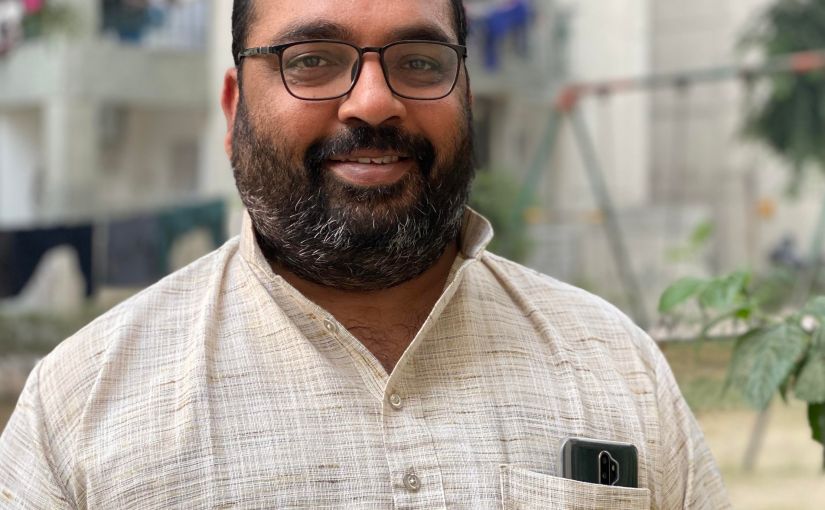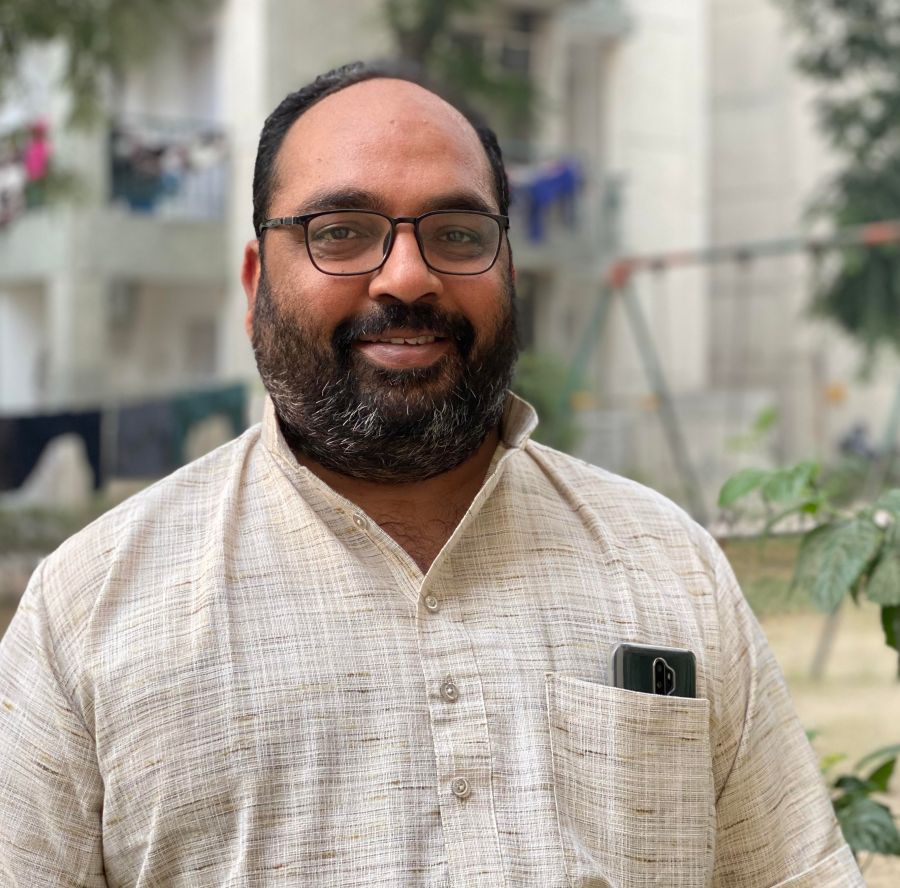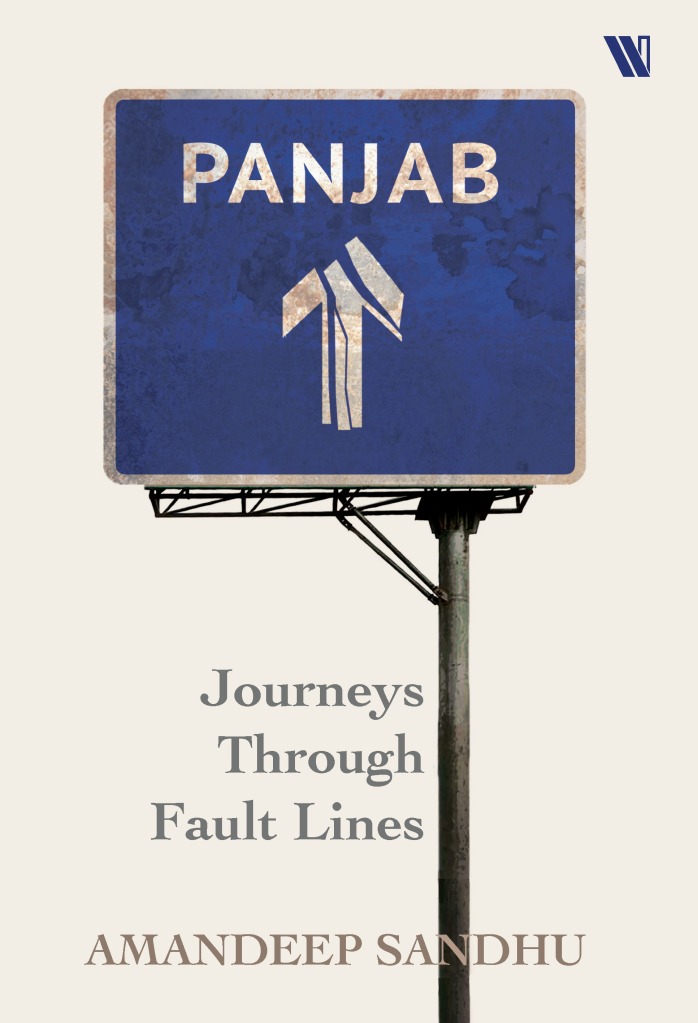Karishma Upadhyay is a veteran film journalist, a specialist on Bollywood. Parveen Babi – A Life, is her first book, for which, she interviewed the star’s former friends, lovers, and colleagues to build a portrait that is rich and multi-layered. Upadhyay spoke to Prerna Shah about the research that went into making the book, as well as about bringing to light several lesser-known facets of Babi’s life and personality.
Diving straight in – a project like no other
When a very dear friend at Hachette told me that her editor had a project that I might be interested in, and that it was about Parveen Babi, I was at first, taken aback. I had actually never thought I would write a book.
I knew truly little about Babi. One of the first few things that I did was to talk to a friend who is an encyclopaedia on Bollywood and knows so much about the early 70s and 80s. He told me that this was indeed a wonderful opportunity to take on.
And then like anyone else, I looked Babi up on Wikipedia and realised that they had gotten so much so wrong about her and that I could make an honest attempt to bring out the real her. What fascinated me was the fact that she had quit the industry twice and came back both the times, pretty much at the top. I have been writing on Bollywood for 20 years and this is rare.
Why did all the producers, directors and actors of her time wanted to work with her even if she had quit the industry twice? It piqued the interest of the reporter in me. I decided to jump straight into the project.
Finding Parveen Babi – one painstaking detail by another
I didn’t know where to start from. No one from her family was around, and even though I did not want to start from the big names, there wasn’t any other way. But once I did, one person led me to another, and I found out that there were so many people who retained so much respect and warmth for her even today.
Ved Sharma, her secretary was no more but his son Lalit Sharma and Xerxes Bhathena, who was Babi’s costume designer and friend –- they were incredibly kind and shared so much with me, helping me put the pieces of the jigsaw puzzle that was Babi’s life, together.
I wanted to know about her life in Ahmedabad, where she studied at St Xavier’s for her Masters in English Literature. Donald Marks, (the son of a family friend and Babi’s close friend throughout her life) put me in touch with his ex-wife Jyotsna Odedra (who was Babi’s senior and roommate at St Xavier’s), who, in turn, put me in touch with Parizad who was married to the late Neville Damania (Parveen’s first boyfriend.) Slowly, but steadily, I was able to gain a clearer insight into Babi’s life and personality.
The one thing that I was steadfast about was that I would verify each and every piece of information and anecdotes pertaining to Babi with at least two other sources. There were so many things that I eventually did not put in the book because I wasn’t 100 per cent sure if it was true; as a researcher I tried to be a 1000 per cent true to her story.
Not just pretty, punctual to the core
Punctual, extremely courteous, with a photographic memory — Babi was all this and more. Discovering these facets of her personality became extremely important to me. I knew that what was written about her was so overshadowed by her mental illness, almost eclipsing everything else. But there was a reason why people were so keen on working with her.
Ravi Tandon who directed her, including in the film Majboor, reminisced that at 7 am, there used to be two other cars apart from his, that would arrive on the dot at the location. Babi’s and Amitabh Bachchan’s.
Manoj Kumar told me about how non-fussed she was. He spoke about an incident when they were shooting for the film Kranti. It so happened one day that by the time her scene was completed, there was almost nothing left of the lunch laid out for the cast and the crew. There were no plates left even. Babi simply put some subzi over a roti, using the roti as a plate, and had her lunch. No fuss, not a word of admonition for anyone.
Ranjeet, who worked with Babi in many films, spoke of a scene with her, in which the script demanded that he assault her. In doing so, inadvertently, her clothes went haywire. Again, she wasn’t upset or furious, she simply readjusted her clothes and they went on with the scene.
Her driver Hamunan had the nicest of things to say about her too – how she took care of people around her. The cinematographer for Shaan, S M Anwar, revealed how Babi would always remember the names of spot boys and technicians on the set, courteous with everyone around her.
There was also a magazine interview in which the late BR Ishara, director of Charitra, had described how Babi, (who must have been 16 or 17 at the time he had approached her for the movie), was keen to know what her character was really like and did not shy away from playing a character that would portray the role of a woman who would become an unwed mother.
Adventures and anecdotes
This book took three years to research and write. It took me on different journeys. I went to Ahmedabad to research her university days, and after I had spent this afternoon with Odedra talking about Babi, I went back to my hotel. I found to my dismay that my Dictaphone had run out of battery and those conversations were not recorded! I had a flight back and couldn’t prolong my stay in Ahmedabad. This led to a wonderful weekend with Odedra at her farmhouse near the Maharashtra border and I had a lovely time besides rerecording all the anecdotes about Babi.
Getting Danny Denzongpa to agree to speak to me was also quite an adventure but so worth it. After the 70s and 80s, he did not talk to the press about his personal life a lot and he’s an intensely private person. When I finally got a call after six to nine months of corresponding with his secretary, I got on the next available flight to Gangtok. He was the loveliest, spoke candidly, with so much warmth and his insights about Babi were the highlights of the research for this book. At one point, while we were talking about Babi, his wife briefly came in, and remarked that she was so glad that there was going to be a book on Babi.
The missing pieces in the puzzle
There are these three years where she lived in Houston and not a lot is known about those years. I contacted the Indian consulate in Houston, expats, journalists but nothing much emerges of that period in her life, except for what Bhathena and Babi’s cousin’s son Javed could tell me.
I was also curious about how she paid for her three years there; she had only taken whatever little money was in her Bank of America account. So, if some more information comes out, I would love to add that to my book, update it.
However, in relation, more is known about her later years. Yes, she was mostly home bound, didn’t go out. But she did have her church group, I think it became a place of solace for her. She invited Reverend Dyvasirvadum and his family for meals, she celebrated her 50th birthday and had Ved Sharma’s family over for that.
Sense and sensibility – empathy and balance in reporting on mental illness
During Babi’s time, there was a certain lack of empathy in the way how the press reported on her. Calling her ‘mad’, ‘cracked up’ and such. Only a few interviews were done with sensitivity and I mention Rohit Khilnani’s interview in the book, which was one among the few that had balance and empathy.
Now it has been 30 years or so and not much has changed. The timing of the book, when it came out and the parallels with how the press reported on Sushant Singh Rajput’s case are uncanny. It’s not just the media, it’s how the audience, the industry folk, fans and alike reacted to the Rajput’s death that tells us that we seriously need to have these conversations (about mental health and illnesses) both in the media and the society at large.
Schizophrenia – a doctor speaks on record
When I started researching and writing on Babi, I had not previously written (in my capacity as a reporter) anything on mental illness. I wanted to approach this with awareness and understanding. I reached out to the psychiatrist (Dr Ashit Sheth) who had treated her once briefly and he told me what he had diagnosed back then and on record (that she was, at the time he saw her, psychotic, hallucinating, and feeling persecuted). I also wanted someone who lived with a mental illness, (so to speak), to read through my work and give me feedback but eventually there could be no time for that. I couldn’t do it in detail – like getting a psychiatrist to read all of what I had researched and written but I tried to give the readers an insight into her whole personality, and not just focus on her illness.
A lot of people would say, oh she was so beautiful and talented, how could she have schizophrenia? Similar to the conversations about Rajput.
I did not put in any details that I couldn’t substantiate. Like if there was a talk about a genetic link, I didn’t put in who in the family was rumoured to have a mental illness if I had no means of double checking or authenticating it.
The end – a life and a dream
During the last years of her life, Babi allowed only a few people in her life. She had figured out a way of life that worked for her. It was not that she was deeply unhappy about her life. In 1997, she was baptized at the All Saints Church and you will find out in the book how she reached out to Reverend Dyvasirvadum.
You ask me if there are any paintings that she had painted and if these are preserved? All the material possessions were taken away by the cops and each item was photographed. From what I saw of the photographs, there were diaries, tapes and newspapers strewn about, broken glasses but no proper, finished paintings to speak of.
(A previous version of this interview had two mistakes which had crept in from our side. These have been corrected: the late BR Ishara quote about Babi has now been correctly attributed to a past interview, as also the bit about Jyotsna Odedra who connected Upadhyay with Parizad who was married to the late Neville Damania.)
Related interviews: Jerry Pinto, Amandeep Sandhu, Shyam Mithiya, Anjana Deshpande, Tanika Godbole, Shampa Sengupta







